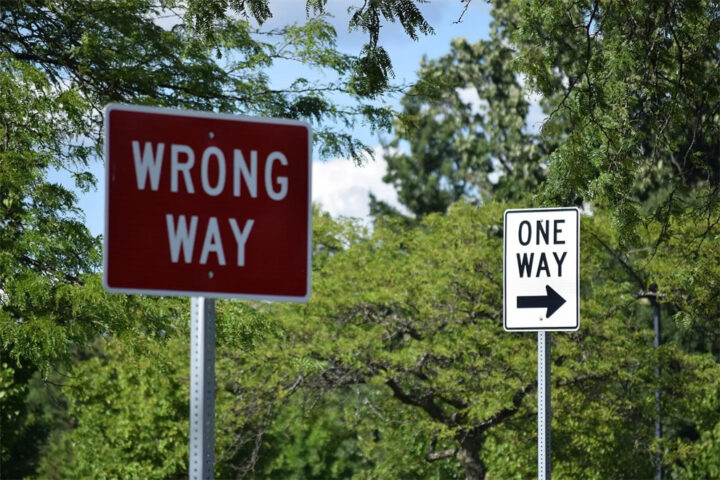.
By Oren Laurent
President, Banc De Binary
Leading into the final week of November, the US economy showed plenty of bullishness. The S&P 500 experienced its strongest week of the year after anxiety about Fed interest-rate hikes abated. By last Friday, investor sentiment calmed after officials from the Federal Reserve intimated that the economy was on track for a December rate hike. Typically, market analysts tend to eschew uncertainty and it is precisely that which leads to high volatility vis-a-vis selloffs in the equities markets.
As it stands, the S&P 500 index ended the week on a high note, gaining 3.3%.
Geopolitical uncertainty was high on the agenda after the terrorist attacks in Paris, but that soon subsided. There were renewed calls by the ECB to push for monetary stimulus if required. Already, the ECB has injected EUR 1.1 trln into the Eurozone, and ECB President Mario Draghi has intimated that he is fully prepared to push for additional quantitative easing at the next meeting of the ECB in December.
Among others, Draghi has suggested that all options are on the table including a change to quantitative easing (QE) policy to further stimulate the European economy, and he has also suggested slashing the deposit rates.
Eurozone consumer sentiment has improved according to the European Commission's flash estimate. The improvement was reflected in an increase from -7.6 to -6 in October. In the European Union overall, consumer sentiment increased to -4.4 for a gain of 1.3 points.
The ECB will be meeting on December 3, and analysts are expecting Mario Draghi to come good on his pledge to do whatever is required to save the Euro from going into further decline. This will be done in a multistep process which includes ensuring that the inflation rate is increasing, unemployment is decreasing and economic stability of the Eurozone as a whole improves. The recovery has been exceptionally slow, and economic analysts posit that the Eurozone would require at least 31 quarters for output levels to reach pre-crisis levels. Draghi believes that this process can be initiated in 2016.
How Higher Interest Rates Impact Equities
Throughout the year, there has been significant talk about the prospect of higher interest rates. The expectation and uncertainty of a Fed rate hike has generally been negative for equity markets. On most every occasion, equities plunged on the mere suggestion of an interest-rate hike.
However, for the week ending Friday, November 20, change was evident. For the first time, equity markets rallied on the news that an interest-rate hike was likely within three weeks. This was revealed in the minutes of the Fed meeting that was recently held. What this shows is deeper insight by market analysts and equity traders. The fact of the matter is that market participants do not enjoy economic uncertainty. All the back and forth about raising interest rates and waiting for conditions on the ground to be conducive to interest-rate hikes was destabilising to the market. Now that market players understand that the US economy is on track for a solid recovery, the reality of higher interest rates is starting to percolate.
The paradigm shift in investor behaviour has taken many a market analyst by surprise, but with all the signs pointing the direction of a rate hike, even analysts have to admit the inevitable – it's going to happen.
One of the broadest indexes of overall US economic performance is the S&P 500. It recorded a record high in May/June and plunged after the CNY was devalued in August. Since then, we have witnessed a sharp uptick in the S&P 500 index, and it closed at 2089.17 recently. On November 4, the S&P 500 plunged after Janet Yellen spoke of an interest-rate hike in December. Since then, the S&P 500 index has rallied. It appears that the higher costs of borrowing funds have not tempered expectations of continued robustness and economic growth in the US.
How are US Retail Sales Shaping up for the Holiday Season?
The upcoming holiday season is expected to provide US retailers with nothing less than solid growth. However this is unlikely to be a bumper Christmas shopping season, according to many research analysts. For starters, the pervasive warm weather across the US is going to put a dent in retail sales for winter apparel. According to the National Retail Federation, November/December sales are likely to increase to $630.5 bln (+3.7%), compared to 2014 growth of 4.1%. Brean Capital analysts are also forecasting a difficult holiday shopping season, but the general expectation is that Q4 2015 will not be the worst on record either.
Much the same sentiment is shared by consultants from Deloitte. They posit a retail sales increase of 3.5% – 4%, with US consumer spending upwards of $434 bln throughout the November/December shopping season. At the same time last year, Deloitte estimated retail sales growth at 5.2%.
The poorer-than-expected retail sales growth forecasts are somewhat concerning given that crude oil prices have plunged in 2015, placing significantly more disposable income in the hands of US consumers. It has been suggested that while many believe that retail sales would pick up the slack with greater PDI, many US consumers are actually depositing their savings instead of spending them on retail goods. But with Black Friday officially kicking off the holiday shopping season, followed by post-Thanksgiving and the run-up to Christmas shopping, the US economy is going to go into surge mode soon. According to the LA County Economic Development Corporation October retail sales increased by 0.1% from a month ago.
The uptick in general economic sentiment is positive despite a decrease in consumer confidence recently. The markets have been impacted with all sorts of conflicting retail data, some of which was positive – Walmart – and some of which was negative – Nordstrom and Macy's.
Many analysts are somewhat concerned about how a strong US economy can be coupled with weak retail sales growth in the busiest shopping season of the year. However. everything should be viewed in perspective, especially given global weakness in China, slack commodity prices, the prospect of a stronger USD and slow increases to real wages.
Of course the other issue – the big one – is persistently warm weather which is making it difficult to sell sweaters, jackets and other winter apparel. Clothing is expected to be the most popular holiday gift with as many as 48% of consumers selecting apparel for this reason. What is also notable at this time of year is that the proverbial ‘must have’ clothing items simply do not exist now. Global temperatures have increased dramatically in 2015 – some are even saying it has been the hottest year on record yet. The postponement of sales of winter apparel has dented expectations for the retail sector. For now, US clothing retailers are adopting a wait-and-see approach and holding off on winter apparel and fall apparel.
Another interesting trend is that 47% of shoppers will conduct their business online while the remaining 53% will be in-store.
Please note that this column does not constitute financial advice.







